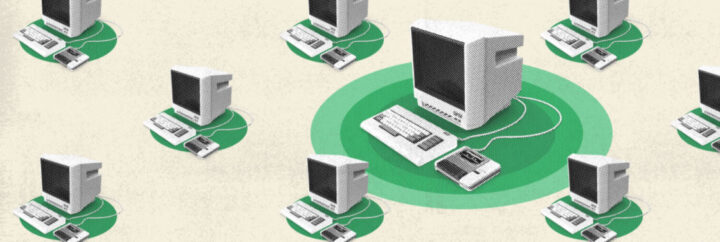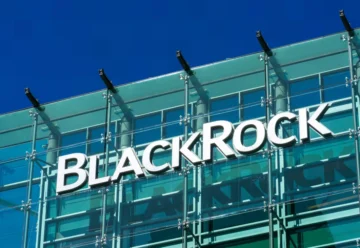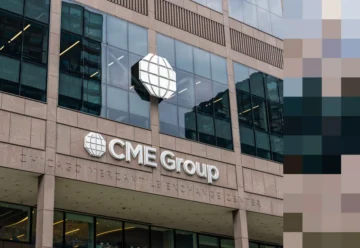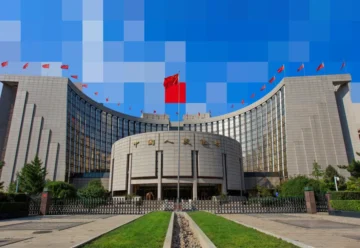DLT Could Save TradFi Firms $100 Billion Annually

Distributed ledger technology (DLT) in traditional financial markets could yield significant benefits. The potential savings could reach $100 billion annually.
According to a joint report by the Global Financial Markets Association (GFMA) and Boston Consulting Group, using distributed ledger technology (DLT) in traditional markets could lead to substantial cost savings.
The report’s authors highlighted the potential of DLT and urged regulators and financial institutions to pay more attention to the technology. In particular, the report notes that distributed ledgers can bring significant benefits to participants in derivatives and lending markets. Streamlining collateral processes and automating operations through smart contracts could save up to $100 billion a year. Clearing and settlement systems could have the most tangible effect of adopting DLT, reducing annual overhead costs by $20 billion.
While DLT is already beginning to gain acceptance worldwide, the implementation of the technology into existing global financial systems is still not widespread enough. For example, participants in primary and secondary markets have so far shown little interest in adopting DLT, although asset tokenization can reduce risks and provide traditional assets with greater liquidity.
Analysts at Citigroup predict that the market for blockchain-based tokenized assets could reach $5 trillion by 2030, while another study shows that the tokenized assets market could be worth $16.1 trillion in seven years.
The report also highlights that the interconnection between lawmakers and market participants is critical to the future DLT ecosystem across jurisdictions. The analysts also reviewed risk management specific to DLT, considering implementation models, lifecycle stages, and archetypes of DLT-based networks, and urged all market stakeholders to collaborate to create a coherent DLT-based ecosystem.
The Chinese government plans to train half a million blockchain experts as part of the development of a national digital economy.











